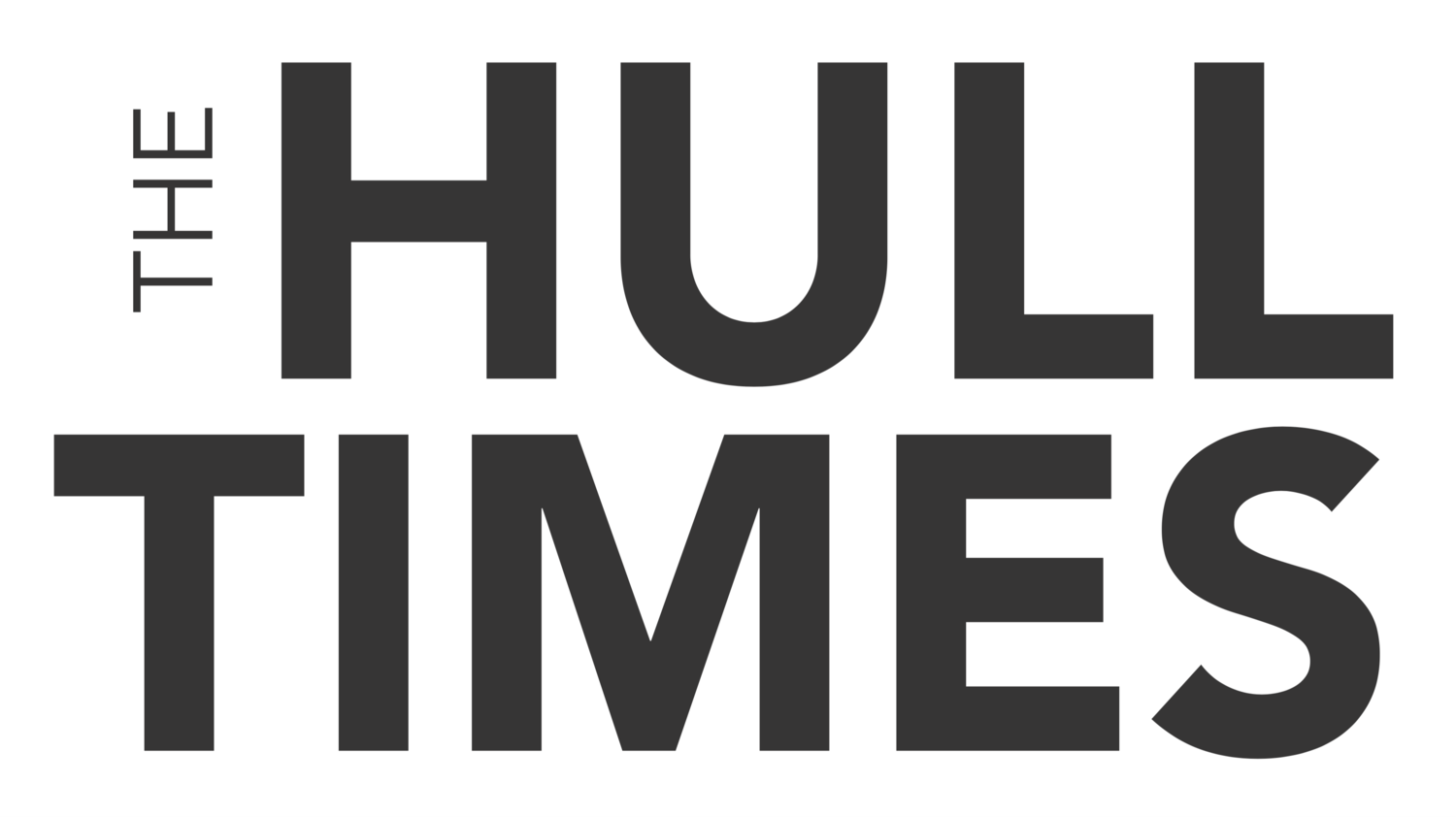Open space rezoning plan would limit development on most HRA property
/By Dolores Sauca Lorusso
A proposal to restrict development by changing the zoning of a large section of the Hull Redevelopment Authority’s property to open space will be on the May 1 town meeting warrant.
A citizen’s petition warrant article proposed by Susan Vermilya of E Street was discussed at last week’s standing-room-only meeting of the planning board. If approved, the zoning would be changed to public open space; however, the HRA has filed a preliminary subdivision plan that freezes the current zoning, which allows for housing and mixed-use development, for eight years.
The validity of the HRA’s filing of a preliminary subdivision prior to town meeting was questioned by Vermilya.
“Changes like this are going to the town meeting to see what the town wants. So, filing a subdivision before it goes to the town you are potentially going against what the town might want,” she said. “People might say ‘no, we want it developed’ but you are not allowing that natural progression with the town.”
“I can use that same argument,” HRA Chair Bartley Kelly countered. “We are currently in the process of a draft Urban Renewal Plan and getting public input. While in this process, a zoning bylaw was placed on town meeting to short circuit a potential development on a potential piece of property in the town. We did what I consider my fiduciary responsibility to the town of Hull and the Hull Redevelopment Authority to protect the zoning, protect the land, so we can get through this process and come up with a final plan. … The opponents have tried to torpedo it.”
Planning Board Chair Harry Hibbard affirmed that “regardless of what happens at town meeting … because of the subdivision it will have no effect on the land.”
“I hear a lot from the townspeople this is not a good choice of uses for this space. I would like the townspeople’s voices to be heard,” Vermilya said. “I want people to understand what ‘open space’ means; it doesn’t mean leave it an empty parking lot, it means we can do other things with the space that don’t involve building buildings.”
Director of Community Development and Planning Chris DiIorio recalled the vision for the HRA site was never that it would become all open space, saying it was “looked at as being a mixed-use area with a large component of open space involved with that.”
Also, the HRA’s attorney challenged the plan. In a letter to the planning board dated March 21, 2023, which Hibbard read into the record, attorney Paula M. Devereaux said the HRA has serious concerns that adoption of this zoning change would “constitute reverse spot zoning,” which occurs when “certain land is treated more onerously than other land in the same area for zoning purposes …Zoning changes which have no better purpose than to torpedo specific development on a specific parcel are considered arbitrary and unreasonable. The petition singles out a portion of the HRA property to frustrate development that is contrary to prior public planning processes. For these reasons, the HRA urges the planning board to not recommend the petition for passage at the annual town meeting.”
Town Counsel James Lampke said “spot zoning in and of itself is not illegal…the challenge is whether there was a rational basis to single out that particular land.”
Vermilya has made it clear during her ongoing participation in HRA meetings that she believes “economic development does not equal buildings … The petition does not mean the people are against economic opportunities for the HRA land. It does mean we want to be smart about how we use the land. We want to do what makes sense and, also honor the people who lost their homes … [I would] love to see the town come up with a monument or attraction in their honor.”
As the HRA is not obligated by law to build housing on the land, supporters of Vermilya’s petition say they want to try something other than pouring cement to fulfill the HRA’s mission of “creating a sense of place in our community, provide tax revenue, allow for open space recreation, provide jobs, improve our business environment, create event venues, and allow for public parking for Nantasket Beach.”
Due to major developments already completed and developments currently proposed in other areas of Hull, Vermilya would like to amend the current zoning for the HRA by designating HRA parcels 1, 2, 3, 4, and 6 on the authority’s site plans as a “Public Open Space District,” leaving parcels 5, 7, 8, 9, and 2A as the zoning they are today.
Planning board member Steve White pointed out in the petition “the parcels earmarked for development are closest to residential areas, and the residents abutting the development have concerns about it.”
Kelly explained a portion of Parcel 5 is leased to the Nantasket Beach Resort for parking, so would not be usable. He also said that under this petition, the lots being left for development by the HRA are “abutting right up to the ACEC (Area of Critical Environmental Concern) area, buffer zone, conservation area. I don’t think the lots being left to develop are the ideal lots to develop there.”
“There is no harm in supporting the petition,” said Liz Kay of Hampton Circle. “[It is] not going to change the status of the request the HRA has made, but it will gather data that the HRA is bound to do, which is get collective information from the townspeople.”
Maggie Merrill, also of Hampton Circle and new to Hull, told Kelly that the petition “is opening the door to more and different types of input perhaps you have not considered.”
“A citizen’s petition is exciting because many people are engaged and involved,” said HRA member Dennis Zaia. “This is real engagement. Part of our job is to prove to the state we have engaged the community in whatever it ends up being. We are going to win on that.”
Do you have an opinion on this story? Click here to submit a letter to the editor.























